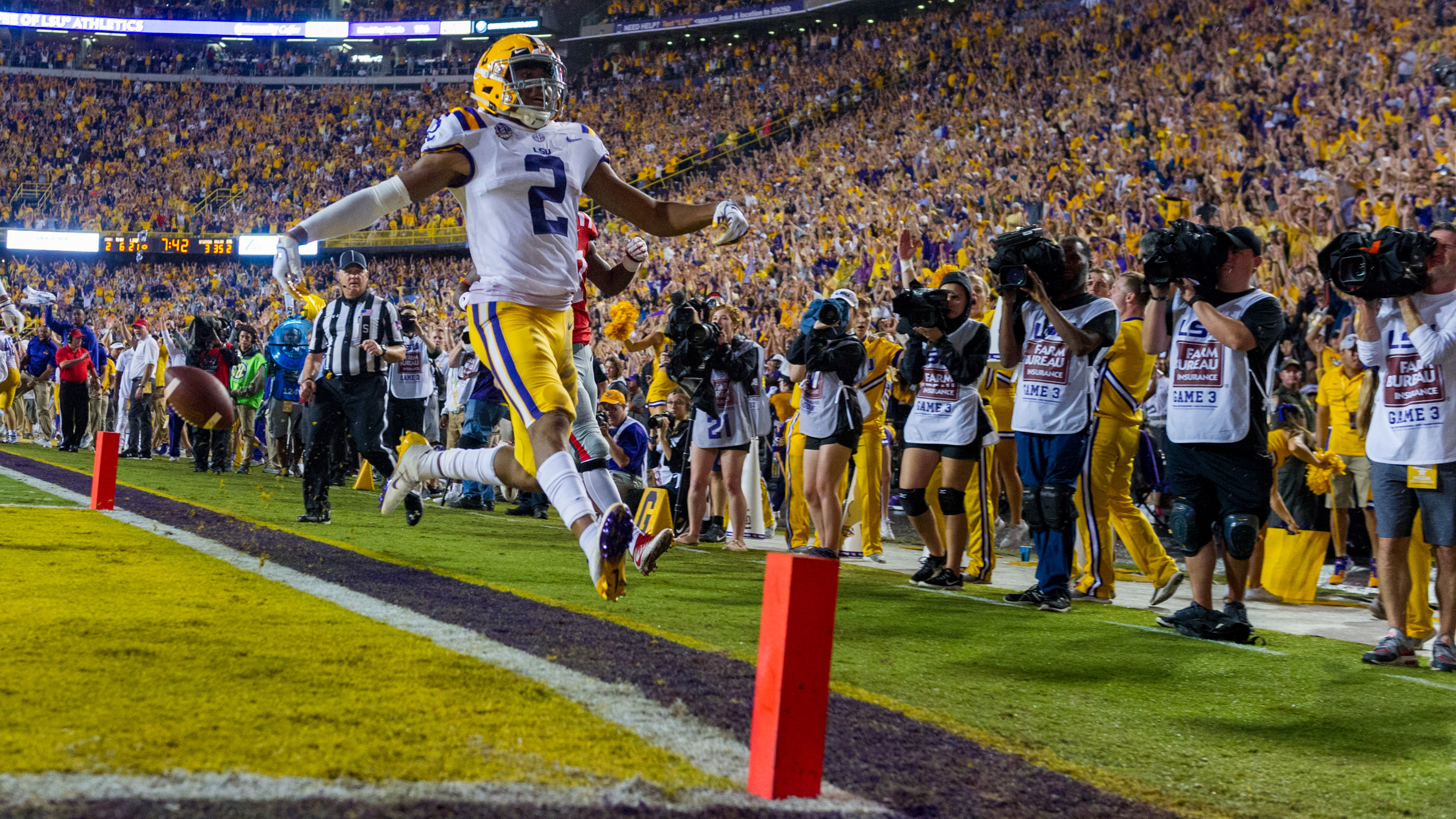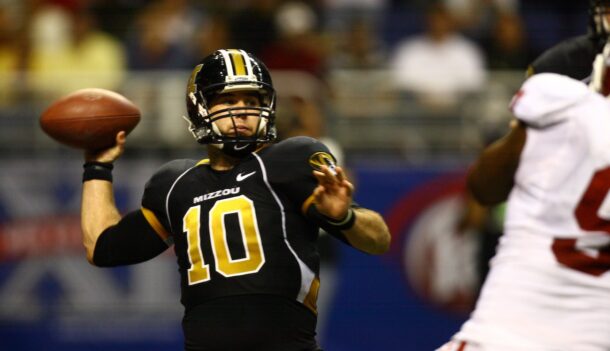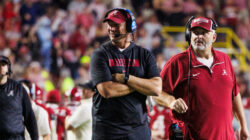
Except for Justin Jefferson, LSU’s wide receivers have been a disappointment
By Les East
Published:
Whatever happened to LSU’s ballyhooed wide receivers?
Remember during preseason camp how much talk there was about the passing game?
There was going to be a more aggressive approach in new coordinator Steve Ensminger’s scheme and Joe Burrow was going to have an embarrassment of riches to work with.
All that had to be sorted out was the precise pecking order among a half dozen, young (or at least inexperienced), talented receivers that were going to redefine how the Tigers played offense.
Then the season began.
The offense has been inconsistent and LSU has relied on its running game as much as ever.
Burrow hasn’t been bad, and at times he’s been good, but the passing game just hasn’t been very good overall and the primary reason is that most of the wide receivers just haven’t lived up to expectations.
Coach Ed Orgeron has been particularly concerned about a lack of productivity from the red-zone offense and that’s primarily because the Tigers just haven’t had much success passing the ball when they approach the opponent’s goal line.
Some of it has to do with protection breakdowns that have put Burrow under pressure.
Some of it has had to do with Burrow being inaccurate even when he hasn’t been under pressure.
Some of it has had to do with the fact that for the most part LSU has had success running the ball, both in the red zone and overall.
But more than anything else, the absence of dependable receivers has been what has held back the passing game. And receiver was supposed to be one of the most talented and deepest positions on the team.
The big exception to the disappointment from the wide receivers has been sophomore Justin Jefferson. He leads the Tigers with 36 receptions – more than twice as many as the No. 2 receiver. He leads the Tigers with 552 receiving yards – more than twice as many as the No. 2 receiver. His average of 15.3 yards per catch is the highest among all receivers with more than eight catches. His modest total of 2 touchdowns is tied for the team lead.
Jefferson, in fact, has a respectable standing among SEC receivers. He’s eighth in the conference in receiving yards and ninth in receptions. If he had some company from his teammates the Tigers passing game might be producing at a level close to what was anticipated.
But it’s not.
Dee Anderson has been the next most productive wide receiver, but he has just 17 catches for 215 yards and he hasn’t found the end zone this season.
Fellow junior Stephen Sullivan is right behind him with 15 catches for 184 yards and he does have 1 touchdown reception.
Then comes junior Derrick Dillion with 11 catches for 149 yards and 1 touchdown. At least his touchdown was a significant one, in fact one of the most significant offensive plays of the season for LSU.
He caught a 71-yard pass from Burrow that turned around the game at Auburn midway through the fourth quarter and helped LSU come away with a 22-21 road victory in the third game of the season.
Next comes freshman Ja’Marr Chase, whose numbers are almost identical to those of tight end Foster Moreau. Chase has just 11 catches for 125 yards, but he is tied with Jefferson for the team lead with two touchdown receptions.
Next comes running back Nick Brossette (10 catches for 69 yards) before you get to the last two of the marquee receivers. Freshman Terrace Marshall Jr. has 8 catches for 136 yards and an impressive 17.0 yards per catch, though he has not found the end zone.
But the biggest disappointment of all has been Jonathan Giles, a transfer from Texas Tech, who caught 69 passes for 1,158 yards and 13 touchdowns with the Red Raiders two years ago. Because of his experience and proven ability to produce at this level, there was every expectation that Giles would be the pace-setter as the younger players caught up.
Now, we are three-quarters of the way through the season and Giles is bringing up the rear with 7 catches for 32 yards.
And except for Justin Jefferson, the LSU wide receivers have been the most disappointing unit on a team that otherwise has exceeded expectations.
Les East is a New Orleans-based football writer who covers LSU for SaturdayDownSouth.com. Follow him on Twitter @Les_East.







